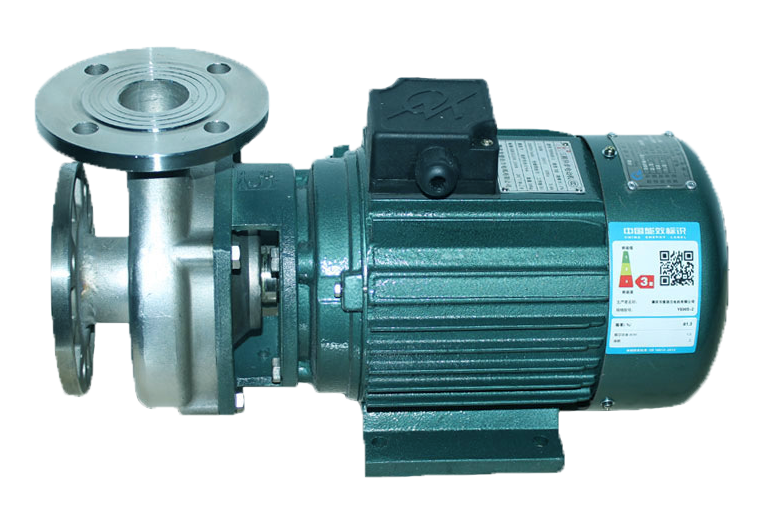Introduction to basic knowledge of submersible pumps
Submersible pumps are important equipment for deep well water extraction, which generate centrifugal force through rotating impellers to extract groundwater to the surface and are used in fields such as daily life, industry, and agriculture.
Submersible pumps include various types such as clean water, sewage, seawater, etc. The appropriate type can be selected according to the purpose.
The installation methods include vertical, inclined, horizontal, etc. Compared with other water pumps, submersible pumps have unique drainage principles and structural forms.
Submersible pumps are important equipment for deep well water extraction. When in use, the entire unit works by diving into the water and extracting the underground to the surface. It is used for domestic water, mine rescue, industrial cooling, farmland irrigation, seawater lifting, ship load adjustment, and can also be used for fountain landscapes.
Next, we will provide you with a detailed introduction to the basic knowledge of submersible pumps, hoping to be helpful to you.
1. Working principle
There are several types of submersible pumps, and the wire packages in the motor include oil immersed, water immersed, and dry types.
Before use, it is necessary to read the instruction manual and make no mistakes. If it is not used for a long time, the impeller must be turned before use, otherwise it may get stuck and burn out due to long-term use.
Before starting the pump, the suction pipe and pump must be filled with liquid.
After starting the pump, the impeller rotates at high speed, and the liquid inside rotates with the blades. Under the action of centrifugation, it flies away from the impeller and shoots outward. The velocity of the ejected liquid in the diffusion chamber of the pump casing gradually slows down, the pressure gradually increases, and then flows out from the pump outlet and discharge pipe.
At this point, a vacuum low-pressure area is formed at the center of the blade due to the liquid being thrown towards the surrounding area, where there is neither air nor liquid. The liquid in the liquid pool flows into the pump through the suction pipe under the action of atmospheric pressure on the pool surface. The liquid is continuously sucked up from the liquid pool and then continuously discharged from the discharge pipe.

2. Basic parameters
Including flow rate, head, pump speed, matching power, rated current, efficiency, outlet pipe diameter, etc.
The complete set of submersible pumps consists of a control cabinet, submersible cables, lifting pipes, submersible electric pumps, and submersible motors.
Main uses and scope of application of submersible pumps:
This includes mine rescue, construction drainage, agricultural water drainage and irrigation, industrial water circulation, urban and rural drinking water supply, and even disaster relief.
3. Main categories
In terms of the medium used, submersible pumps can generally be divided into three categories: clean water submersible pumps, sewage submersible pumps, and seawater submersible pumps (corrosive).
Installation method of submersible pump
1. Vertical use, such as in general wells;
2. Oblique use, such as in inclined tunnels in mines;
3. Horizontal use, such as in a pool.
4. Main differences
As a general-purpose machinery, pumps have a wide range of applications. With the development and evolution of water pumps, various types of pumps have emerged, and their names are diverse. The names and classifications of these pumps are different in various water pump books.
Therefore, it causes trouble for product application and promotion. Generally speaking, according to the principle of drainage, water pumps can be divided into:
1、 Vane type pumps, such as centrifugal pumps, mixed flow pumps, axial flow pumps, swirl pumps, etc;
2、 Positive displacement pumps: such as plunger pumps, gear pumps, screw pumps, vane pumps, etc;
3、 Other types such as jet pumps, water hammer pumps, etc.
The vane pump can be divided into horizontal and vertical types according to its structural form (shaft position);
According to their working positions, they can be divided into submersible pumps and above ground pumps.
Slurry pumps, mud pumps, sand (sand) pumps, and sand discharge submersible pumps are all named according to the functional purpose of the water pump and belong to impurity pumps.
